In Cleveland, Ohio, Henry Billingsley was thinking about retirement. He had been practicing law for decades and was ready for the next chapter in his life. While he had no great plan set out, he knew that he wanted rowing to be part of his future. In the 1970s, he had trained as a sweep oarsman at Columbia University, rowing starboard. He continued the sport long after graduating, but in the late 1980s took a class at the Craftsbury Sculling School in Vermont and became a devotee of single sculling. Now, as he approached his seventies, he knew it was time to replace his flatwater racing shell with a more seaworthy and forgiving craft.He had always wanted to build and row a Whitehall, attracted to the boat’s history as well as its proven performance and classic lines. But there were two problems. First, traditional Whitehalls had fixed thwarts, and Henry wanted a sliding seat. “The fixed thwart,” he says, “deprives the rower of the use of the largest and most powerful muscles in the body—the legs.”The second, and potentially greater, problem was that Henry knew “nothing about building boats.” He was, he thought, a “reasonably competent shoreside carpenter,” but he would have to leave the world of “square and straight” and enter the world of “beveled and curved.”
Join The Conversation
We welcome your comments about this article. To include a photo with your remarks, click Choose File below the Comment box.
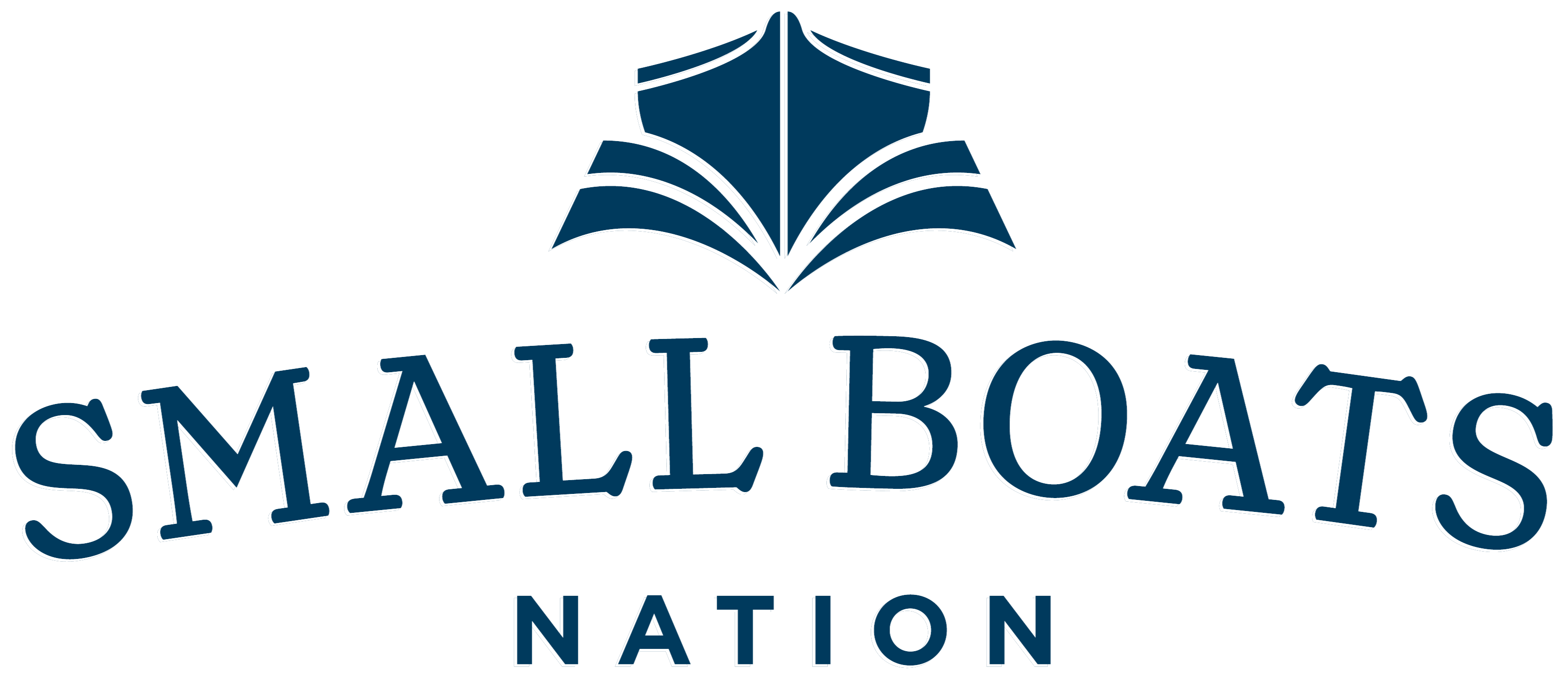
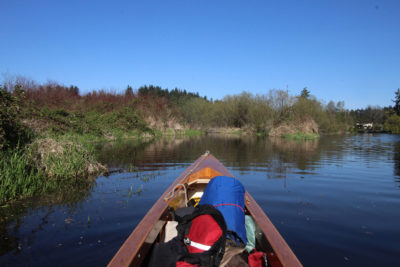
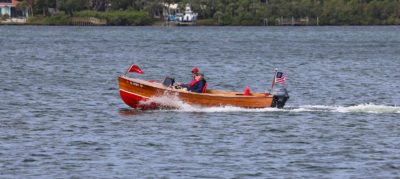
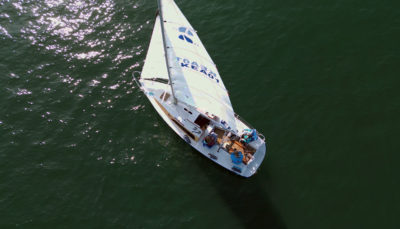
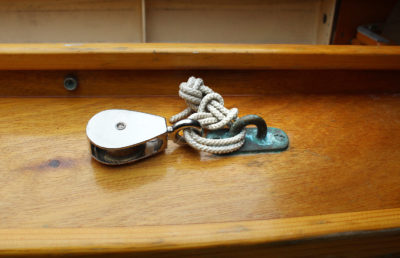
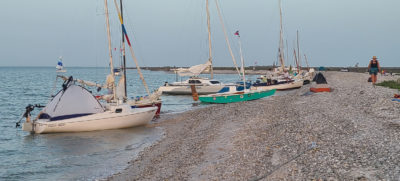

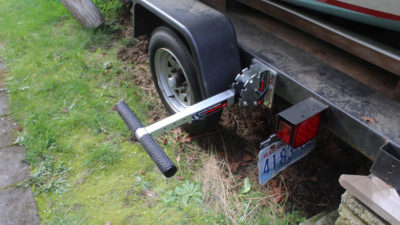
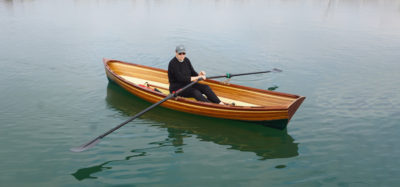
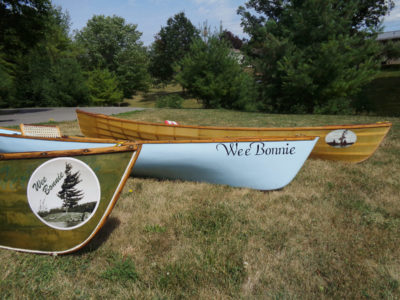

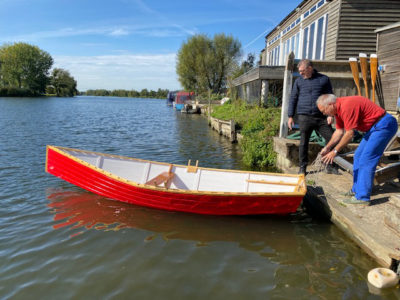

What a wonderful story: a search, a discovery, new skills, new friends working together toward a goal, and a reward – the challenge met and knowledge to share!
As a – let’s say mature – adventurer myself, I have always admired those who have taken risks, managed them, and made good judgements. These kinds of stories, while not often as “flashy” are – to me – far more interesting, even fascinating. The stories of not reaching the summit, of not finishing the race, of retreat to fight again, show intelligence and discernment – but don’t make good headlines or blockbuster movies. It’s too bad really – the ability to turn back is where the wisdom and mastery resides.
I look forward to the further adventures of Henry, Ed, and TAMO!
“Fortune truly helps those who are of good judgement.”
– Euripides
I’m a Whitehall enthusiast – AND, in Seventy48 2022, my wife and I ended up holed up on that same stretch of beach, and ended up abandoning at Mats Mats Bay, just north of Port Ludlow. I will vouch for the conditions being far harsher than the photo indicates! Thanks, I thoroughly enjoyed the story.
(oops, we missed 2022, I was remembering 2021. But anyway, there’s a reason they call it Foulweather Bluff, no matter what year it is.)
Great boat and I love the trailer and bike cart. That rowing event sounds brutal, but having only one rowing station with two adults seems crazy! That’s a lot of ballast! That boat does great with two fixed-thwart stations, so it would fly with two sliders but might be tough to fit.
Could you please provide the source for your outrigger brackets?
Bronze folding outriggers are available from Shaw & Tenney and Whitehall Rowing and Sail.
—Ed.
Thank you.